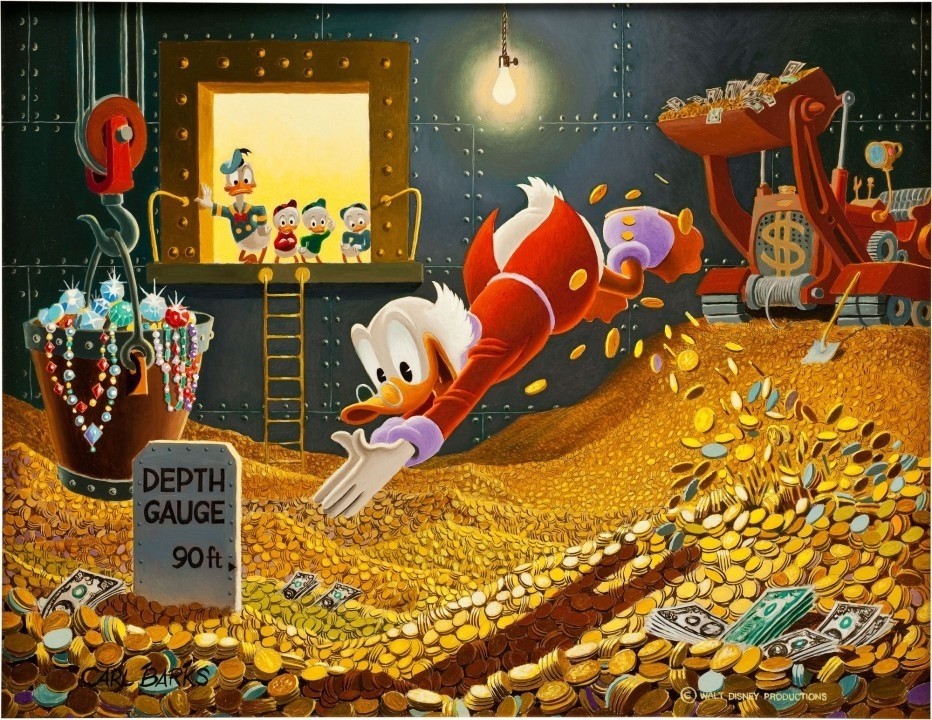 Introduction
Introduction
The allure of slot machines has captivated gamblers worldwide, promising the tantalizing possibility of a life-changing jackpot with a single spin. This article delves into the mathematical and probabilistic foundations of slot machine gambling, critically examining the feasibility of securing substantial winnings. By integrating principles of probability theory, statistical analysis, and casino game mechanics, we aim to provide a rigorous, professional, and clinical perspective on the prospects and realities of making money with slot machines.
The Mechanics of Slot Machines
Slot machines operate on a Random Number Generator (RNG) system, which ensures that each spin is independent and unpredictable. Modern slot machines use complex algorithms to generate outcomes, making the process inherently stochastic. The payout structure is defined by the Return to Player (RTP) percentage, which represents the average amount a player can expect to receive back over time. Typically, RTP values range from 85% to 98%, indicating a built-in house edge favoring the casino.
Probability Theory and Slot Outcomes
Each spin on a slot machine can be modeled as a discrete random event with multiple possible outcomes. The probability ( P ) of hitting a jackpot on a single spin is determined by the ratio of winning combinations to the total number of possible symbol combinations. For instance, if a slot machine has three reels with 20 symbols each, the total number of combinations is ( 20^3 = 8,000 ). If only one combination corresponds to the jackpot, the probability is 1/8000 = 0.000125 ) or 0.0125%.
The expected value (EV) of a spin is calculated by summing the products of each outcome’s probability and its associated payout. Given the house edge, the EV is typically negative, meaning the player is statistically expected to lose money over time.
Statistical Analysis of Jackpot Wins
While the probability of winning a jackpot on a single spin is low, the distribution of jackpot wins follows a geometric distribution with parameter ( p ) equal to the jackpot probability. The expected number of spins before a jackpot win is ( 1/p). Consequently, players should anticipate thousands or even millions of spins before encountering a jackpot.
Empirical data from casinos corroborate this theoretical framework. For example, a study of slot machine payouts over one million spins revealed jackpot hits occurring at rates consistent with the machines’ programmed probabilities. This statistical consistency underscores the randomness and fairness of slot machines.
Risk and Return Considerations
From a financial perspective, slot machines represent a negative expected value investment. The high variance and low probability of jackpots create a skewed payoff structure, where the majority of players incur losses, and a minority experience significant gains. Risk management strategies, such as bankroll allocation and bet sizing, are crucial for mitigating losses but do not alter the fundamental probabilistic disadvantage.
Conclusion
Unlocking a life-changing jackpot with a single spin on a slot machine is theoretically possible but practically improbable due to the low probability and negative expected value inherent in the game’s design. While the excitement and entertainment value of slot machines remain undeniable, a clinical and statistical analysis reveals that consistent profitability through slot machine gambling is unattainable. Players should approach slot machines with informed caution, recognizing the predominance of chance and the mathematical realities governing outcomes.
This article provides a comprehensive, professional, and statistically grounded examination of the prospects of making money with slot machines, emphasizing the critical role of probability theory and statistical analysis in understanding gambling outcomes.







